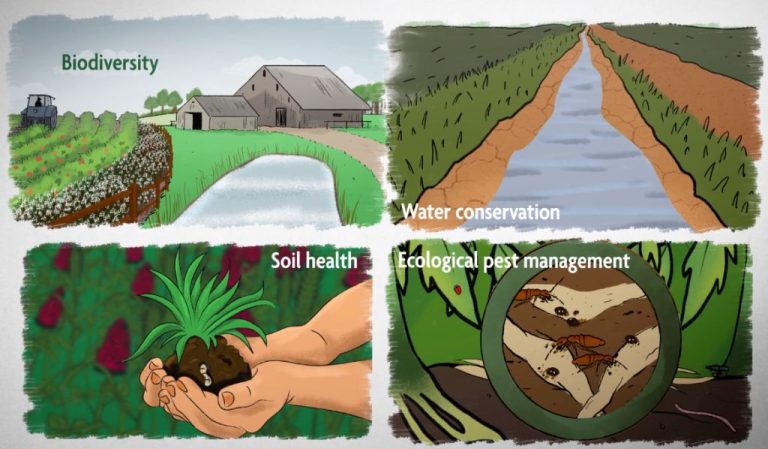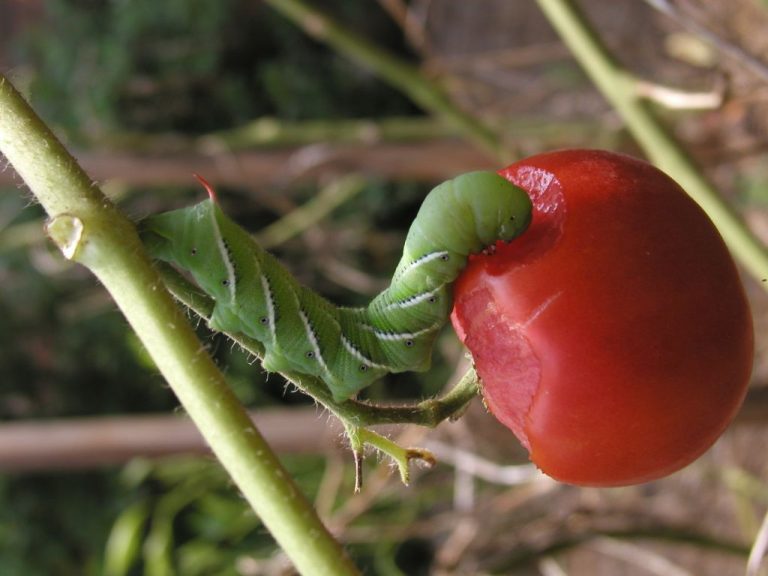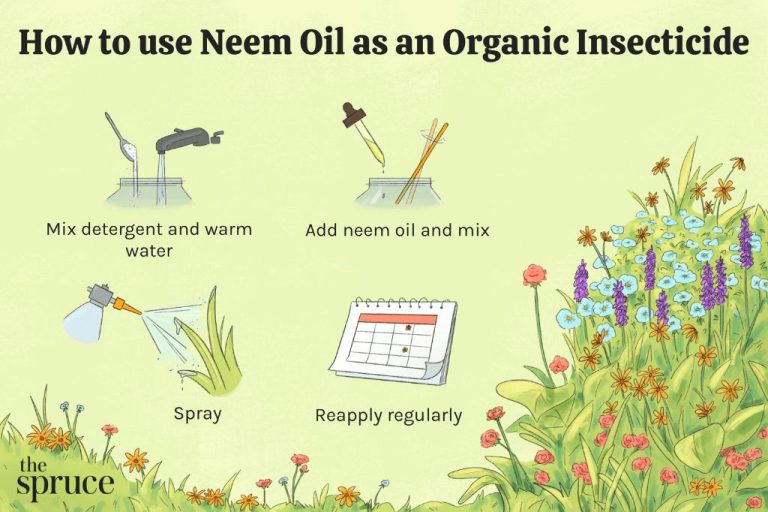Preventing And Managing Leaf Miners: Protecting Your Garden Vegetables
Leaf miners are the larval (immature) stage of different insects that feed on the inner leaf tissue or cells between the leaf surfaces of plants, producing distinctive snake-like tunnels or blotches visible on the outside of the leaves. Some common leaf mining pests include leaf mining flies, moths, sawflies and beetles. While each group differs in appearance and life cycle, they all damage plants in a similar way by “mining” inside leaves during development.
Adult leaf mining insects lay their eggs on leaf surfaces, and once larvae hatch they burrow directly into the leaf tissue to feed and grow. The larvae create narrow, winding trails or large blotches inside leaves as they feed. This destroys the leaf cells and tissues, impairing the leaf’s ability to photosynthesize. Heavy leaf mining damage can stunt plant growth, damage yields, and increase susceptibility to diseases. Leaf miners are common pests in vegetable crops and ornamental plants. Identifying the leaf mining pest is important for effective management.
How Leaf Miners Infest Plants
The life cycle of leaf miners begins when the adult female lays her eggs on the underside of leaves. The eggs hatch into larvae that burrow between the leaf surfaces, creating meandering tunnels or mines as they feed (Source 1). The larvae are very small, usually less than 1/4 inch long.
There are several ways leaf miners infest plants:
- Eggs are laid directly on the leaf surface and larvae tunnel inside after hatching
- Eggs are laid inside plant tissue via an ovipositor and hatch inside leaves
- Larvae drop from foliage above and burrow into leaves
The larval tunnels can be winding trails, large blotch mines, or serpentine mines. These mines disrupt photosynthesis and damage plant foliage. Serpentine mines have an S-shaped pattern, while blotch mines are large, irregular feeding areas. The mines become visible as brown or white winding trails on leaf surfaces (Source 2).
Identifying Leaf Miner Damage
The most noticeable sign of leaf miner presence is the tunnels they create in leaves as they feed. Leaf miners create winding tunnels or trails in the leaf tissue as they feed between the upper and lower surfaces of the leaves. The tunnels start out narrow but widen as the larvae grow. Check the undersides of leaves for small brown or black dots – these are leaf miner eggs.
Leaf miner tunnels look very distinct from other forms of leaf damage. The winding trails are clearly visible and confined within the leaf, unlike the ragged holes from insects that chew. Leaf spots from disease may cause brown spots but will not have obvious tunnels. Mechanical damage causes torn areas or clean-cut holes rather than squiggly lines.
Leaf miners especially like spinach, beets, chard, lettuce and other leafy greens. They also target alliums like leeks, onions and chives as well as beans, peas, cucurbits and tomatoes. Check susceptible plants frequently for early signs of leaf miner activity.
According to University of Minnesota Extension, inspection and early detection are important to protect vegetables from extensive leaf miner damage.
Preventing Leaf Miner Infestations
There are several cultural practices that can help prevent leaf miner infestations in the vegetable garden:
Row Covers: Covering susceptible crops like spinach, beets, and chard with lightweight row covers can provide a physical barrier to keep the adult flies from laying eggs on the leaves. Make sure to secure the edges of the fabric to the ground so the flies cannot get underneath (Source).
Proper Plant Spacing: Allowing for adequate space between plants improves air circulation and reduces humidity levels. Leaf miners thrive in dense, humid conditions so wider plant spacing can make the habitat less favorable (Source).
Intercropping: Intercropping vegetables with aromatic herbs like basil, onions, garlic, and mint can help repel adult leaf miners and reduce egg laying. The strong scents mask the smell of the host plants.
Mulching: Apply 2-3 inches of organic mulch around plants to prevent pupae in the soil from emerging as adults. Mulch also keeps soil moist and cool.
Organic Leaf Miner Control
There are several effective organic insecticides that can be used to control leaf miners in the garden. Many organic gardeners prefer to use natural pesticides as the first line of defense before resorting to harsher synthetic chemicals.
Insecticidal soaps are made from potassium salts of fatty acids and can kill leaf miner larvae on contact. Products containing insecticidal soaps like Safer Brand Insect Killing Soap should be sprayed thoroughly on the undersides of leaves where larvae are feeding once per week (source: Planet Natural).
Neem oil is extracted from the seeds of the neem tree and can disrupt the life cycle of leaf miners. It should be sprayed once per week according to label instructions to kill eggs and larvae (source: Arbico Organics).
Spinosad products containing active ingredients like spinosyn A and spinosyn D are derived from a soil bacterium and are effective at controlling leaf miner larvae while being safe for many beneficial insects. Spinosad sprays like Monterey Garden Insect Spray should be applied at first signs of infestation and reapplied every 7-10 days (source: Arbico Organics).
Bt (Bacillus thuringiensis) is a natural bacterial pesticide that is effective against young leaf miner larvae that ingest it. Spraying leaves thoroughly with Bt every 5-7 days can break the leaf miner life cycle (source: Planet Natural).
Biological Leaf Miner Control
Biological leaf miner control involves using natural predators and parasites to keep leaf miner populations in check. Some effective biological control options include:
Predatory insects like lady beetles, lacewings, and minute pirate bugs will feed on leaf miner larvae and eggs. Attract these beneficials to your garden by planting pollen and nectar plants like dill, cilantro, and marigolds. You can also purchase live lady beetles to release onto affected plants.
Parasitoid wasps like Chrysocharis and Diglyphus species are very effective natural enemies of leaf miners. The adult wasps lay their eggs inside leaf miner larvae, eventually killing them. These tiny wasps occur naturally in gardens but can also be purchased for release. According to UC IPM, parasitoid wasps commonly control leaf miners on vegetables and ornamentals1.
Entomopathogenic nematodes like Steinernema feltiae can parasitize soil-dwelling leaf miner pupae. Apply these beneficial nematodes to the soil around plants during leaf miner season. The nematodes will then seek out and infect leaf miner pupae2.
Chemical Leaf Miner Control

Chemical insecticides can be an effective option for controlling leaf miners. Systemic insecticides that get absorbed into plant tissues are often recommended as they kill leaf miner larvae when they feed on the leaves and stems. According to the University of California Statewide IPM Program, some commonly used insecticides for leaf miners include:
Spinosad – This organic insecticide made from a bacterial byproduct is effective at controlling leaf miner larvae when sprayed directly onto foliage. It is labeled for use on vegetables, herbs, and ornamentals. Spinosad must be reapplied every 5-7 days for full control.
Neonicotinoids like imidacloprid – These systemic insecticides are taken up by plant roots and leaves, making the plant tissues toxic to leaf mining larvae. Imidacloprid is especially effective as a soil drench for vegetables like tomatoes and needs reapplication every 2-3 weeks.
Horticultural oils – Lightweight oils sprayed on plant foliage can smother leaf miner eggs and larvae. However, they may need reapplication every 5-7 days for ongoing control. Take care not to apply horticultural oils during the hot midday sun as it may burn delicate plant tissues.
Proper application is key for chemical leaf miner control. Follow label directions carefully and cover all surfaces of plant foliage, especially the undersides of leaves where mines start. Repeat applications are often needed at 7-14 day intervals depending on the product. Consider combining chemical control with biological control and cultural methods for best results.
Cultural Leaf Miner Management
One of the most effective cultural methods for controlling leaf miners is removing infested leaves and destroying them before the leaf miners can emerge as adults. This helps reduce the population of leaf miners in your garden. It’s important to remove and discard the leaves quickly before the larvae pupate and emerge as adults that can lay more eggs.
Practicing crop rotation with non-host plants is another useful cultural method. Leaf miners have preferences for certain crops, so rotating to unrelated crops prevents build up of leaf miner populations. Allow 2-3 years between susceptible crops like spinach, beets, beans, cucurbits, and chard.
Maintaining healthy soil can help make plants more resistant to leaf miner damage. Adding organic compost improves moisture retention and provides a diverse soil microbiome. Proper fertilization ensures plants have nutrients to withstand pest pressure. Test soil to determine any deficiencies.
Other cultural practices like mulching, irrigation management, and pruning can promote plant vigor and help reduce leaf miner problems. Though cultural practices alone may not eliminate infestations, they are an important part of an integrated pest management program.
Leaf Miner Resistant Varieties
Several vegetable varieties have been bred to display resistance or tolerance to leaf miners, making them good options for gardens troubled by these pests.
Research by the U.S. Department of Agriculture has identified two new spinach varieties – ‘Spinner’ and ‘Springer’ – with high levels of resistance to the spinach leafminer (Pegomya hyoscyami). These varieties exhibited significantly less leafminer damage and higher marketable yields compared to susceptible spinach cultivars in field trials (https://www.isaaa.org/kc/cropbiotechupdate/article/default.asp?ID=1004).
Among cucumbers, varieties like ‘Gorgan’, ‘Sanandaj’, and ‘Roodbar’ have shown resistance to the vegetable leafminer (Liriomyza sativae) due to high numbers of leaf trichomes that act as a physical barrier against the flies (https://extension.usu.edu/pests/research/leafminers-vegetables).
For onions, varieties such as ‘Cometa’, ‘Sturon’, and ‘Hytech’ have demonstrated reduced leafminer damage compared to susceptible varieties in field evaluations. The most resistant onion varieties tend to have narrow, erect, flat leaves that are less preferred by the onion leafminer (Liriomyza schmidtii) for egg laying (https://extension.usu.edu/pests/research/leafminers-vegetables).
Using leaf miner resistant vegetable varieties, when available for the specific crop, provides an effective management strategy and reduces the need for chemical pesticides.
Integrated Leaf Miner Management
Integrated pest management (IPM) combines multiple strategies for the most effective leaf miner control. Relying on just one method often leads to poor results. Combining biological, cultural, physical, and chemical controls provides the best protection.
Start with good sanitation – remove and dispose of infested leaves and stems. Weed control is also important as weeds can harbor leaf miner populations. Use row covers as a physical barrier early in the season. Release parasitic wasps as biological control agents. Resistant varieties prevent some damage. As a last resort, target insecticides directly to infested plants can supplement other controls [1].
Monitoring plants regularly allows early detection and treatment before damage becomes severe. Thresholds help determine when controls are warranted. Combining multiple strategies throughout the season provides the most effective protection from leaf miners [2].






